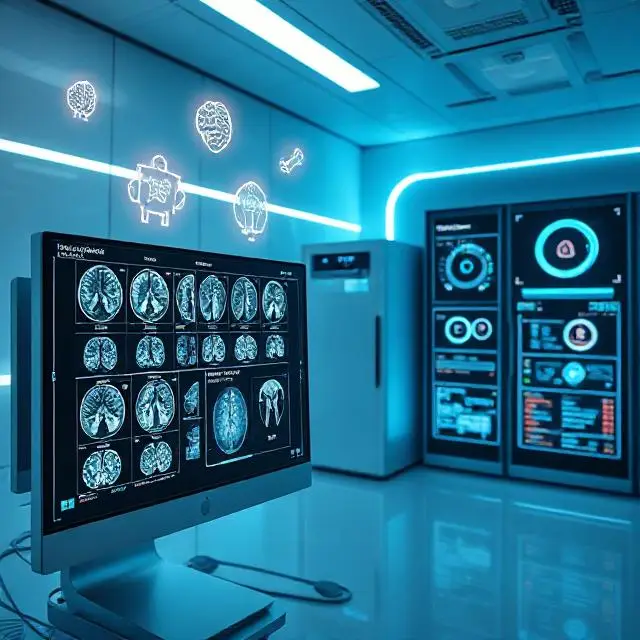Data quality in medical imaging is crucial for efficient workflow, effective data orchestration, and reliable research. It is also a key steppingstone to driving the maximum value out of data that healthcare providers currently store in their archives. Three key aspects of data quality to consider are correctness, completeness, and consistent labeling. Let’s explore each of these aspects and their implications for medical imaging.
Data Correctness in Medical Imaging
Correct data is essential for accurate interpretation and diagnosis. Incorrect data can lead to poor data orchestration, requiring manual intervention and it can impact the efficiencies of workflows, not to mention inappropriate treatments, and potential harm to patients.
Incorrect data in medical imaging often goes unnoticed because the utilization of medical imaging beyond the patient report is very low. This data has great potential for researchers and leaders to gain insights into patient conditions.
Some examples of where data may be incorrect:
- Spelling or formatting mistakes such as where CT BRIAN is entered instead of CT BRAIN or CTBRIAN without space between words
- Laterality conflicts: A laterality conflict occurs when there is confusion or error in specifying whether an imaging finding or procedure relates to the right or left side of the body for structures that have bilateral representation (e.g. kidneys, lungs, limbs, etc.).
- Wrong body part is populated into the series description because the protocol used was intended for a different body part
- DICOM fields may be used for a purpose other than originally intended (e.g., Military Rank is used for Master Patient Index)
Data Completeness in Medical Imaging
Data completeness refers to having all necessary information present in a medical imaging study. Incomplete data can lead to delayed treatment, and compromised patient care.
Some examples of where data may be missing:
- Anonymized studies for research lack any clinically relevant details to protect Protected Health information, thus most fields are deleted
- Localizers lack a description by default, coming from the modality
- Non-standard fields such as Institution Name, Referring Physician Name are left empty because the feeder system does not populate these fields
While incomplete data may still allow for workflows and data orchestration to proceed, this incomplete data provides added value to the data and can contribute to enriching the data for utilization beyond radiology.
Consistent Labeling in Medical Imaging
Consistent labeling ensures that imaging data is organized, easily retrievable, and correctly associated with the right patient and study. A Lack of standardization and uniform naming conventions across different departments or institutions heavily impacts radiology reporting workflows and data orchestration.
Some reasons for why data may be inconsistent:
- MR manufacturers often use proprietary names for their pulse sequences, which can make it challenging to identify equivalent sequences across different vendors.
- MPRAGE (Magnetization Prepared Rapid Acquisition Gradient Echo)
- Also known as Siemens: MPRAGE, GE Healthcare: BRAVO, Philips: 3D TFE or Canon Medical: 3D Fast Field Echo
- Different facilities call their imaging protocols by different names
- Chest X-Ray vs. CXR vs. CHEST
- Data entry is free text and not standardized, thus allowing variability in data entry dependent upon the manufacturer, radiology professional or inhouse protocols
Inconsistently labeled data can lead to difficulty in retrieving relevant studies for comparison, challenges in data aggregation for research or quality improvement initiatives and inefficient workflows.
Enlitic utilizes computer vision and natural language processing to review medical images and identify the correctness, completeness and consistency of labeling. ENDEX, the standardization module can flag discrepancies, assess metadata for completeness and ensure that similar studies are labeled consistently.
By focusing on data completeness, correctness, and consistent labeling, healthcare organizations can significantly improve the quality and reliability of medical imaging data. This, in turn, enhances patient care, facilitates accurate diagnoses, and supports valuable research initiatives in the field of medical imaging.








